– Today, we are pleased to introduce Susan Tupper as part of the Wisconsin Historical Museum’s History Sandwiched In lecture series. The opinions expressed today are those of the presenter and not necessarily those of the Wisconsin Historical Society or museum’s employees. Susan Tupper lives in Amherst Junction, Wisconsin, where she can often be found working in her garden. She was a library media specialist for the Rosholt School District for 26 years. She served on the advisory broad for the UW-Madison’s Cooperative Children’s Book Center for three years and is a former recipient of an Excellence in Teaching Fellowship Award from the Herbert Kohl Foundation. She has written for local newspapers in central Wisconsin, but this is her first published book and it was a finalist in three categories for the Next Generation Indie Book Awards. Those categories were biography, children’s nonfiction, and science and nature. Here today to share the story of Fran and Frederick Hamerstrom, please join me in welcoming Susan Tupper. (applause)
– Hello, everybody. Thank you so much for coming today. It’s such a beautiful day of sunshine, I was wondering how many people would want to come in from all of that, but I’m glad to see so many people here. I’m excited to be able to be here today and to share my stories about Fran and Frederick Hamerstrom. This is actually the very last Badger Biography that was published by the Wisconsin Historical Society. Unfortunately, there were 27 altogether. I see that many of them are out in the lobby. And it’s a wonderful, wonderful series, and I’m very lucky that I got to get my book in at the very end. So I’m sad to see it end, but if you have not had a chance to pick up a Badger Biography, I highly recommend them. So, I’m curious if anybody here might have known Fran or Frederick because usually when I have spoken there are at least one or two people in the audience who do, who did know them.
If you did, raise your hand. Okay, we have– Okay, thank you. Maybe you can share a story at the end. So just to start out then, for those of you who may not know much about Fran and Frederick, they were conservationists, biologists and ornithologists and they worked for the Wisconsin DNR and they spent their entire life studying the habitat of this bird. And that is the greater prairie chicken. That actually is two male chickens who are at a stand-off with each other. And it is a sight that you often see in the spring on the Buena Vista Marsh. And that is thanks to the work that the Hamerstroms did. They are widely credited with having saved this bird from extinction. And they were very close friends of Aldo Leopold.
And, in fact, they were both his graduate students. And Fran was the only woman to have the distinction of being the first to be his graduate student. And they were very close friends with Leopold, and they shared many, many beliefs with Leopold. And one of those is that it was important for them to take care of the natural world. And so I have been interested in this story ever since I moved to central Wisconsin about 40 years ago. I first started hearing about the Hamerstroms, and then, in my job as a children’s librarian for 26 years, I often thought that this would be the perfect story for kids. And that’s how I ended up writing it.
It has every element that kids would love, and grown-ups I think too. It’s a story about a family who lived with wild birds. Fran loved wild birds. She always had an owl flying in her house. She was always rehabilitating eagles and hawks in her barn. You never knew what you were going to run into when you visited the Hamerstroms because if you opened up the freezer, there might be frozen mice in the freezer or a big fox snake on the counter. And they were just a very fun-loving, inspirational couple. They always lived in old farmhouses. They had no heat or plumbing. They used wood stoves to heat their house. They bathed in their pond in the summer by skinny dipping in their pond. And they embraced everybody who wanted to come and join them in their birdi And here is a picture of a young gaboon. It looks like they worked them to death.
And the owl is Ambrose. They always had an owl. The owl was allowed to fly freely through the house. And the only place that that owl was not allowed was Frederick’s office. And you can see, in the corner behind the chair, that there is screening covering the door, and that’s the door to Frederick’s office. So he was not allowed in there. And the young boy is Gary Anweiler, who is a bit younger than most of their gaboons. He had come to them before his senior year in college, in high school, and he had come from Canada. And this was his first trip away from home. He had come with a friend, and they had been recommended by their high school teacher because they loved birds. And Gary has a story that is a great story, I think, that illustrates what it was like to work with Fran. And he tells the story of one night she came to them and she said, “We need to go get some bait birds for my traps.”
And it was late at night. Frederick had gone to bed because Frederick never wanted to participate in Fran’s nighttime soirees. So she took the gaboons out to a neighbor’s barn. He was asleep too. The farmer was asleep. And they snuck into the barn and she had gunnysacks with her. And up on the rafters were pigeons and starlings and sparrows. And she said, “Climb up there in the dark, get those birds, throw them down to me, and I’m going to pick them up, I’m going to put them in my gunnysacks.” So Gary Anweiler was terrified, but he took one look at Fran and he thought, “Oh, no, I can’t say no, she won’t take that.” And up he went and performed his task and came back down and actually felt pretty good because he had managed to do something he’d never done before.
And I think that is why this program that they ran with these gaboons was so successful because Fran and Frederick always just expected that they would do this. They didn’t take no for an answer. They would just show them how to do something and then leave them and expect that it would get done. So people learned a lot hanging out with them. Here is a picture of Fran. And this is an eagle, a golden eagle named Nancy. And she was a natural raptor rehabilitator. People brought her sick birds from everywhere. And this bird a friend of hers had found in Illinois, very sick from lots of tick bites, and had called Fran and she had come to pick her up, take her home, nurse her back to health, and then she had to also take the birds out to the fields and teach them to fly and to hunt again. And when she finished with Nancy and she was ready to release her, she drove her all the way to Wyoming, where she could release her where she thought it would be the safest place for Nancy.
And she also had another bird named Kris. Another golden eagle that she tried to artificially inseminate for years. It was one of the first time that anybody in the United States tried to artificially inseminate an eagle. And Fran got very, very close to success, but she didn’t quite get that last over the hump done. And so she donated that bird to the Cornell Bird Laboratory at Cornell University. They actually were the first to artificially inseminate her bird, Kris, in 1972. Here is another iconic Hamerstrom image. People always told me when I was talking to them about Fran and Frederick that they remembered seeing them driving around the countryside in their VW vans.
And they were like little mini research stations. They would pack them up and spend the day out in the fields. You can see that there are some bait birds on top. And inside they would have cages of mice, extra traps. You can see that there’s a pile of paperwork in there. And they would also have a little cook stove so that they could heat food up if they were out for a long time. And Fran was a crazy driver. Fran loved to drive fast. She liked to hit speed bumps. She got a big kick out of that. And one of the gaboon chores that they had was to pick up roadkill. They used a lot of roadkill at the Hamerstrom house. And she had a little technique, which was she would be driving, a gaboon would be in the back.
He would get down on the floor, and she would slowly inch her van over to the dead animal. And the gaboon then would slide open the door. His job was to lean out, grab it, throw it into the van, and she didn’t have to stop. And of course they had no idea how decomposed that animal was. (laughter)
So that made for some really exciting moments in the van. And Fran also would sometimes follow the Plainfield vegetable trucks, and they would watch for vegetables that would fly off the vegetable trucks and they would grab vegetables off of the road also. They were very big entertainers, the Hamerstroms, even though they had a small budget. And that is why they really had to exist on roadkill. And, also, they did hunt. They hunted deer and birds. But they supplemented their diet with roadkill. And Fran’s cooking was quite legendary. Some people thought it was delicious and other people thought it was inedible, basically. And so dinner at the Hamerstrom’s could be quite an adventure sometimes.
One gaboon talks about how he was on his way to visit them and he saw a big fox snake on the road. So he picked it up, took it to Fran, thought she would probably chop it up and feed it to her eagles. And then he sat down to lunch. And on his plate were big chunks of fried snake that looked like bratwurst. And he said he would be extra careful about what he was going to bring Fran in the future. (laughter)
And she had a specialty of making pies. She liked to use bear lard. So if she got a bunch of bear lard, her technique was to make a bunch of piecrusts at once, and then she stacked them up on her shelf in the kitchen and then she could fill them. When guests would arrive, she would just fill it with the filling, bake them, and she’d be ready to go. And she also wrote a wild food cookbook. And at that time she became a favorite guest on the David Letterman show. He liked to have her come and demonstrate cooking up some wild food delicacy. And you can actually see some of these. You can Google that on YouTube. Just Google David Letterman and Fran Hamerstrom, and you can see some of these episodes.
So I Googled this recently, and I watched a segment where it’s pretty hilarious because Fran is about, she’s in her 80s and she’s puttering around on stage. She is a ham, so she’s having the time of her life. And she lays out a giant fox snake, picks up a big cleaver and whacks it into pieces. And then she throws it into a frying pan, fries it up, and then puts it on a cracker and tries to stuff it into David Letterman’s mouth. (laughter) And then for a little added effect, she grabs a garter snake out of her purse and dangles that in front of his face. (laughter)
Now here are a couple pictures of their home in Plainfield. This was– They moved into this house in 1949. And this was a house built during the Civil War. The second floor was a ballroom, and they converted it to a bunk room because they actually had, they had the need for housing quite a few people during booming season when people would volunteer to come and help them count prairie chickens. And they had space for 23 people in that bedroom upstairs. And here is a picture of the great room at their house. They were not known for housekeeping. And everybody that I talked to says that. They said the house is a mess. There were papers everywhere.
Of course, there was an owl flying around too, so you can imagine. And there were five wood stoves in the house, heating it. So this is– You can see one big wood stove here. And this is the room that they would gather with friends and their gaboons and kind of their meeting room. Here is Frederick’s office. You can see the screening, screening off the owl by the door. And, again, books and papers and a wood stove. And here’s a picture of Frederick. He is briefing the boomers. The boomers are the people that would come to help them count prairie chickens in the spring during mating season. They called that booming season. And they had 10 leks, that is a word for booming grounds. They had 10 leks that they would have to go monitor. And so they needed, really, 20 people. And every night a new crew would show up and Frederick would always brief them and then they would go to bed and they would get up at 3:00 AM and go out into the blinds and count the prairie chickens.
My husband and I did this one time. You can also do this. You can still volunteer to go out and count prairie chickens in the spring. You can sign up with the DNR or you can go on the UWSP website, and you can find a link there to sign up to go watch the prairie chickens. And it is really an incredible activity So here is a picture of the blind. And this is what it would look like. This is the Buena Vista Marsh. And you can see that there’s some sandhill cranes out in front. It is an area where it’s a great bird-watching area year round. And then you sit in this little plywood building with little slits, and that is where the blinds were located.
So after a few years of studying the prairie chickens, Fran and Frederick realized that the only way to save them was to save their habitat. And so they set about on a PR campaign to try to set aside prairie. That’s what the birds needed. They needed prairie. And our prairie was disappearing in Wisconsin. And Frederick came up with a new idea that had never been tried before called scatter land management. And in the Buena Vista Marsh, which was the perfect spot for the prairie chickens, there were some private farms there, but there were also quite a few empty plots for sale. And he thought that is no problem for the birds and the farmers to co-exist together. In fact, it’s probably a better thing for the birds than to be set aside in a preserve because they can get cover from the farmer’s cornfield and eat some of that corn in the winter. And so he didn’t worry about getting a private preserve.
He just worried about getting somebody to buy those empty pieces of land. And he convinced some friends of his that had some money to purchase some of those 40-acre plots. And then many, many conservation groups in Wisconsin also purchased some of those plots. And it was, it worked. And it still is the same plan that is used today. Those people then donated that land to the DNR, and the DNR manages it and they still manage it today. That is really where most of the prairie chickens are left today is in the Buena Vista Marsh. And here is a sign that you will find out on the marsh commemorating the very first purchase of that land. And this is a friend of the Hamerstroms who bought that first 40 acres.
That plan that Frederick devised was used constantly afterward for many, many species in the United States. It never had been used before, but it became, people realized that you could do this. You didn’t have to always have a preserve. And so that was a wonderful thing that Frederick came up with at the time. So in 1973, Frederick and Fran retired from the DNR, and they started to spend their winters in Texas and Mexico. They could study the birds in the winter there. And here’s a picture of Frederick in Mexico with a big osprey nest. I think that’s a mirror.
If I recall, I think that’s a mirror on his pole, and he’s trying to see into that nest. Frederick died 10 years before Fran. He died in his 80s from pancreatic cancer. And she then went on for 10 more years, and, just like you can imagine, Fran made the best of it. She decided one thing she wanted to do was to visit some warm climates, and they had many gaboon, former gaboons that were living in warm climates. And so she took full advantage of that. And here is a picture of her. She’s visiting a former gaboon here that was a falconer to a sheikh. And after that, her next trip was to Africa. She wanted to hunt with the pygmies. So she contacted a gaboon who was living in Africa on a research station where the pygmies were living. And then she went to Texas, and she was in her 80s at this point in time. She went to Texas and in order to get in shape, she ran and she climbed trees and she learned Swahili.
And then she flew to Africa, and when she got to Africa, she had to hitch a ride by herself. She landed and then she had to hitch a ride for 500 miles out to the jungle. So she hitched a ride with a truck driver. Here she is. When the truck driver dropped her off at the research station, Fran was wearing a t-shirt and shorts and sandals and she had a little tiny knapsack with her and that was it. And the truck driver was in love with her. He said, “I brought you your grandmother.” And he obviously had had the time of his life driving 500 miles with Fran, who is probably telling him wild stories the whole way. And then, when she was there, she convinced the pygmies to take her out alone for a week in the woods and go hunting with them. And this little guy, she really liked this pygmy. He actually is married and has a family. And she wanted to bring him back to Wisconsin so badly. (laughter)
But the people at the research station convinced her that that wouldn’t be really good for he or his family. And then her last trip was down the Amazon. She was 86 at the time. And she wanted to hunt with the native tribesmen on the Amazon. And she wanted to learn how to use their blow guns. So, she broke her hip. She went to the Amazon and canoeing in a dugout canoe, and she got out, stepped on the bank, and broke her hip. And then she ended up in a native hospital. First she was in a religious hospital, and she demanded to be transferred because they weren’t feeding her enough meat. So they transferred her to a native hospital. And it took two weeks before her daughter, Elva, could get her out of the hospital and get her home to Oregon to get surgery and get rehabilitated.
So then Fran decided she was going to go back the next year and finish that trip. And this spring I was at the Prairie Chicken Festival, and I heard the rest of that story, which I’ve never heard before. And you get to be the first to hear it. So, she was getting ready for her second trip to the Amazon and she was climbing trees and she fell and broke a vertebrate in her back. And she didn’t want to go to the hospital. So she called up these friends and convinced them to come and get her and let her stay with them for a while until she healed up. And they were at the house the first night and they looked at Fran and realized that she couldn’t move, and there was no way she was going to get into a bed. So they went out to the garage and they picked up a big piece of plywood, brought it in, held it up to Fran’s back, and lowered her to the floor, and then covered her with blankets and let her sleep like that. And the next morning they picked the plywood up so that she could stand up and walk around. And that’s what they did for a week until Fran could actually move and heal up a little more. And then, she healed up and she went back to the Amazon and she finished that trip.
So before I end, whoops, before I end, I do want to just say, want to just mention what is going on with the prairie chickens today. As I said, there are will prairie chickens in Wisconsin thanks to Fran and Frederick’s work. They’re at an all-time low of about 1500 birds right now. And the scientists are somewhat concerned because there’s a lot of genetic inbreeding. And they have attempted to bring in other groups or other birds to inbreed with them. And that has helped temporarily, but right now we need more prairie. And that will hopefully expand the flock because the flock is pretty small right now for health of the birds. And there are groups in Wisconsin that are working on that, that are trying to set aside prairie that would be adjacent to the Buena Vista Marsh so that they could increase that area.
And I’m just going to end with one of my favorite Aldo Leopold quotes, which I think sums up what Fran and Frederick were all about. “Like winds and sunsets, wild things were taken for granted “until progress began to do away with them. “And now we face the question whether a still higher standard “of living is worth its cost in things natural, wild, and free. “For us of the minority, the opportunity to see geese “is more important than television.” Thank you. You’ve been wonderful listeners. I think we have maybe five minutes. There are a couple people here who knew them. Would you like to share some stories? (applause)
Search University Place Episodes
Related Stories from PBS Wisconsin's Blog

Donate to sign up. Activate and sign in to Passport. It's that easy to help PBS Wisconsin serve your community through media that educates, inspires, and entertains.
Make your membership gift today
Only for new users: Activate Passport using your code or email address
Already a member?
Look up my account
Need some help? Go to FAQ or visit PBS Passport Help
Need help accessing PBS Wisconsin anywhere?

Online Access | Platform & Device Access | Cable or Satellite Access | Over-The-Air Access
Visit Access Guide
Need help accessing PBS Wisconsin anywhere?

Visit Our
Live TV Access Guide
Online AccessPlatform & Device Access
Cable or Satellite Access
Over-The-Air Access
Visit Access Guide
 Passport
Passport

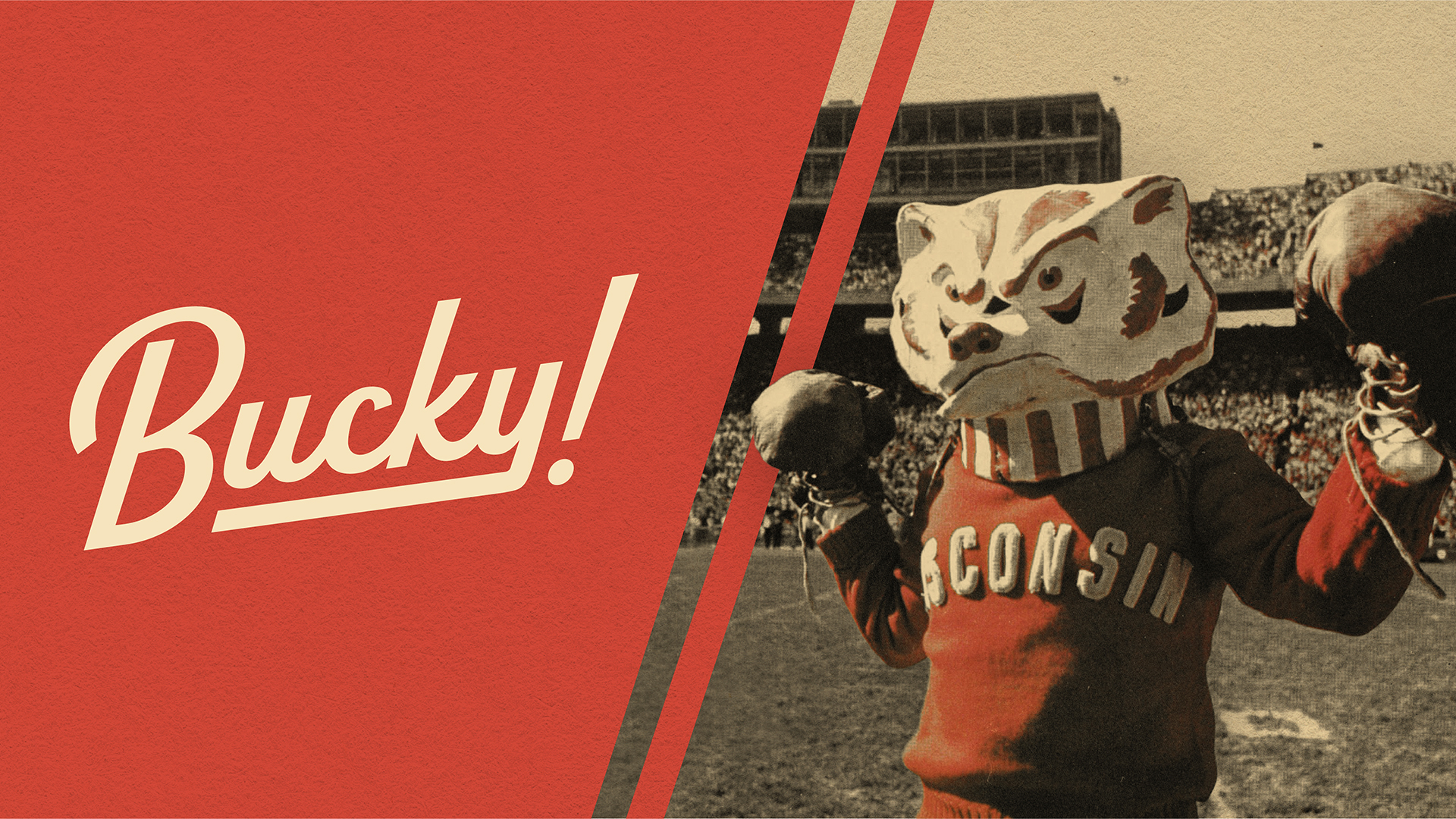
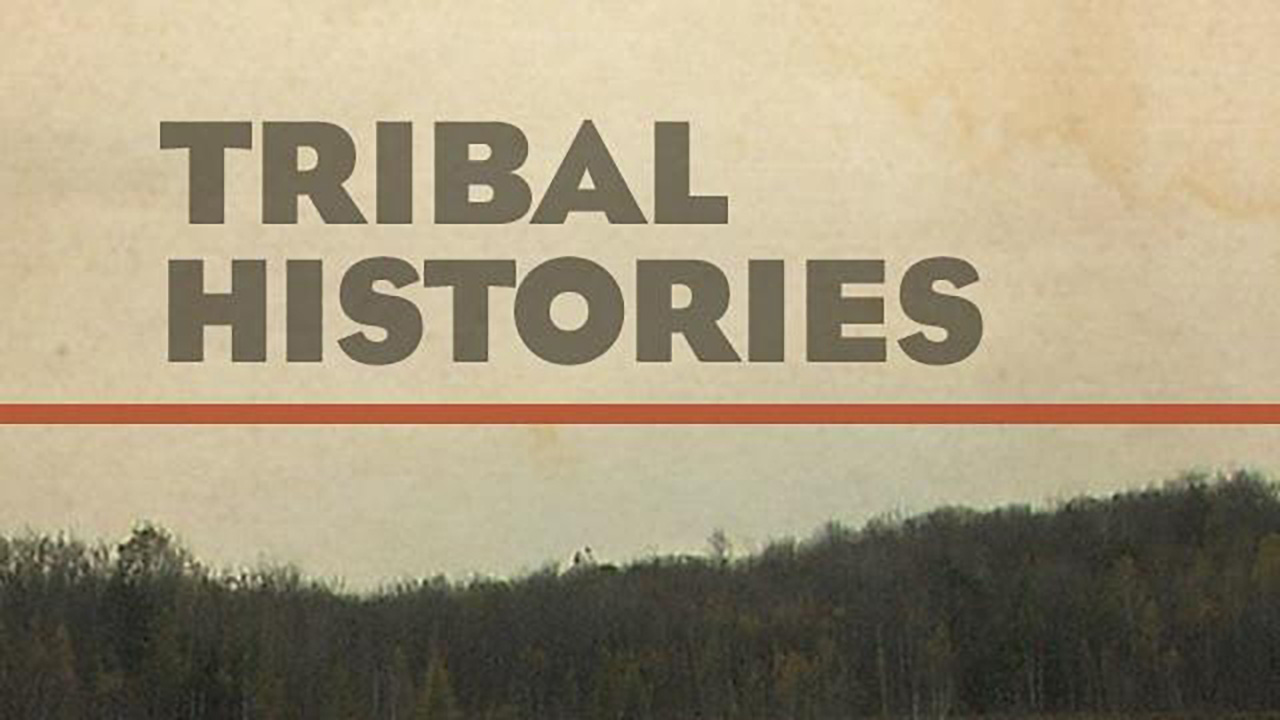
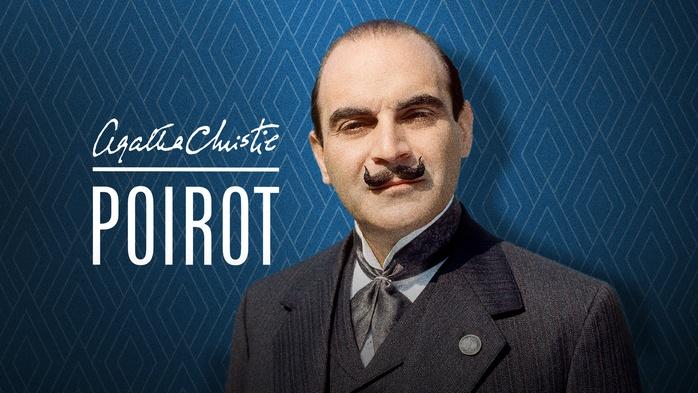

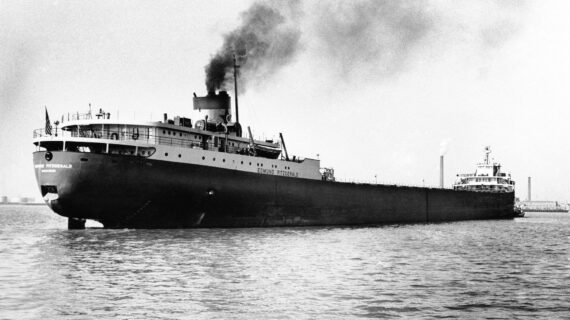
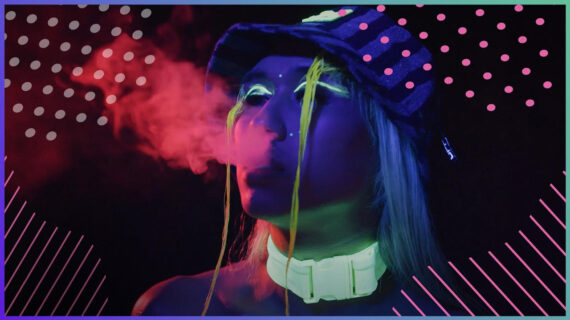
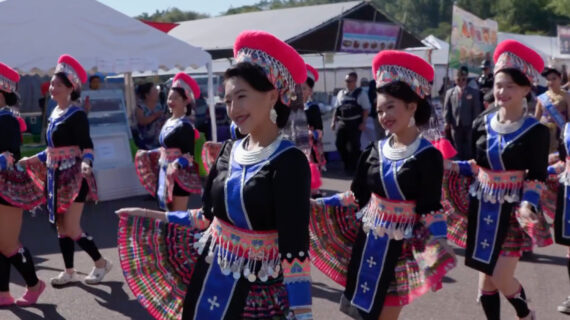
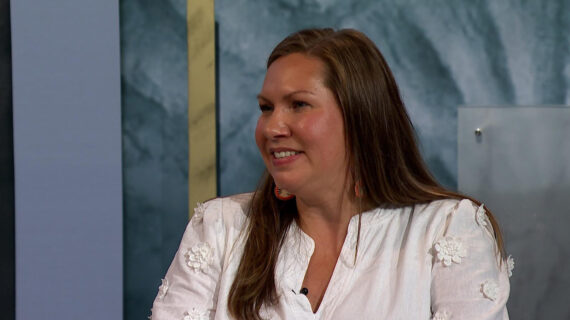
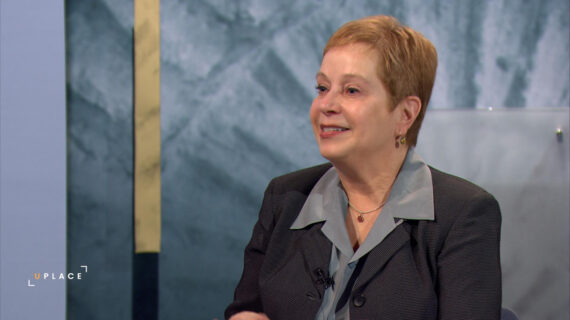
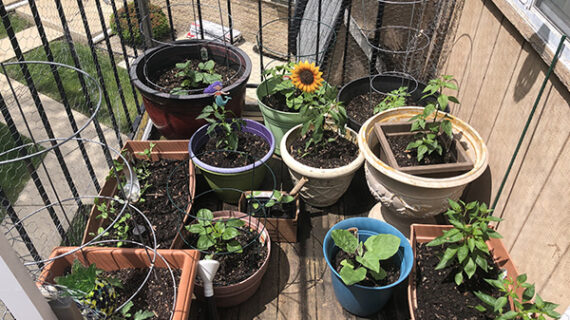
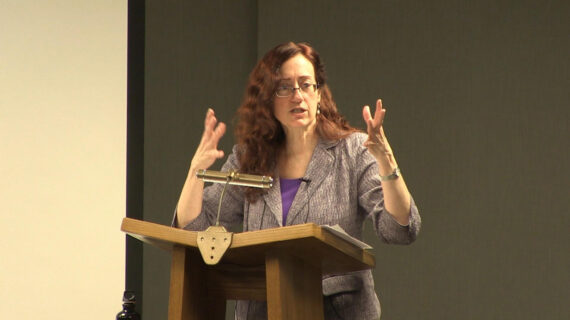
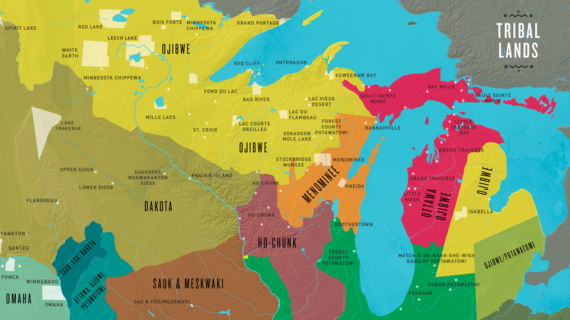
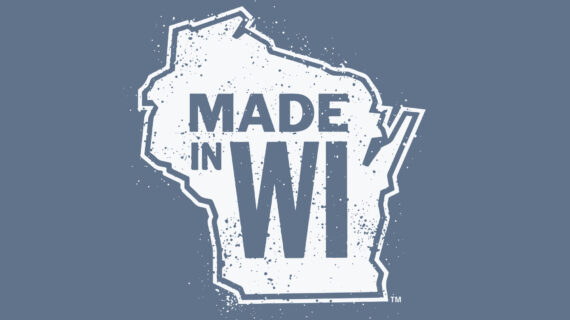
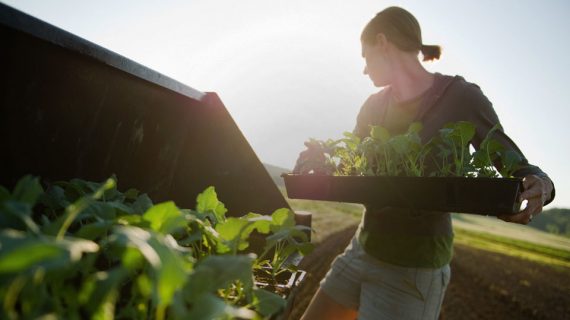
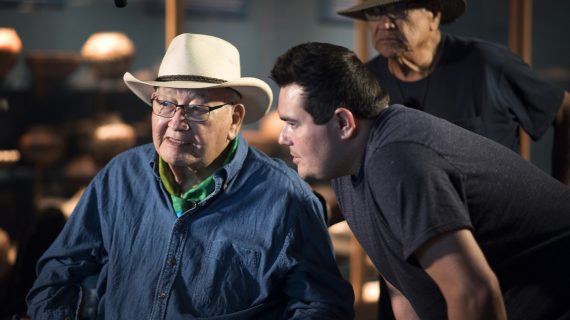


Follow Us